by Sharon Kennedy
In 2018, now retired Capt. Ray Sheldon of Escanaba invited me to sail aboard his ship, the Joseph L. Block. On Nov. 14, the ship was at the Cedarville quarry around 1800 hours, in other words, 6:00 p.m. EST. I don’t drive at night so I arrived early and waited. The longer I waited the more nervous I became because of the dreaded rope ladder I thought I was going to climb to board the ship. Why did I think the ladder would be made of rope? I have no idea.
Anyway, when the Block docked, I was ready. To my great relief, an aluminum ladder was lowered and down came a deckhand who held my satchel that held my purse and steno pad and up the ladder I went as spry as a gal of 17 instead of 71. I would have climbed all the way to the pilot house if one of the sailors on deck hadn’t suggested I slow down and step on board. He escorted me up three flights of metal stairs until we reached the pilot house where the captain greeted me with a smile and a hug.
Although I had been on the Block’s sister ship, the Wilfred Sykes, I had never spent more than an hour on it when it loaded at Port Inland. The Block was in Cedarville for a load of dolomite limestone from the Carmeuse quarry. It would take approximately 15 hours to load and that was only if things went well, no belts broke, and nothing froze up. In cold weather it isn’t uncommon for docks or loading rigs to lose power.
Capt. Ray showed me to my quarters which were next to his which were next to the pilot house and down the hall from the first mate’s and chief engineer’s, respectively John Olson aka Johnny Vegas, and Joyce Greenisen Estelle. Vegas had sailed for 18 years and Joyce for 22. The hallway was quiet and clean and always empty during my 24 hour stay. I never saw anyone coming or going unless I was in the galley. When sailors aren’t working, they either eat at one of the tables or get some food and take it to the lounge or their room. Chow is always available and there was a well stocked refrigerator where they can help themselves to ice cream, frozen treats, yogurt, or whatever else is there. Fresh groceries are regularly delivered from various vendors. The food basket is lowered and loaded.
The suite I inhabited was reserved for visitors and was much larger and more luxurious than the sailors’ rooms. On the Block, two unlicensed men share a room with no frills. Licensed sailors like the captain, mates, engineers, and steward have their own rooms. The guest quarters are special. There’s a large bedroom with two twin beds, a spacious bathroom, a “living” room with a table and four chairs, a couch, two easy chairs, end tables, and a large screen television. Direct TV is available. That room was surrounded by windows, not portholes, but large windows where guests can watch the calm or churning water. There was also a door leading to a small deck.
Capt. Ray gave me a tour of the pilot house and pointed to his one-arm chair where I spent an hour quizzing him. Naturally, my first question was the one I asked everyone. Why did he opt for a career on a Great Lakes freighter? He explained his formative years were spent in Ludington at the family home on Lake Michigan. His father had been a ferry captain and the lure of the lakes intrigued young Ray from the start. There was no doubt in his mind that one day he would be at the helm of a Great Lakes freighter.
“In March of 1976, I entered the Maritime Academy in Traverse City,” he explained. “I worked my way up from an ordinary seaman, an AB, third mate, second mate, first mate, and finally captain. I’ve been sailing these lakes for 42 years and being on the water is my passion. The scenery is always changing. No two sunrises or sunsets are identical. The color of the sky and lakes changes with the weather. Lake Michigan is long and narrow, but the vastness of Lake Superior is beyond description until you sail those wide open waters and experience it for yourself.
“Last year we made our last run to Escanaba when the Empire mine closed. Now most of our runs are between the Cedarville quarry and Port Inland in Gulliver where we load limestone and unload at Indiana Harbor or Burns Harbor in Indiana. Upbound on Superior we travel with a load of limestone to Duluth and return with a load of iron ore. People might not realize how important Great Lakes freighters are to our economy. Our cargo is blended with steel to make everything from kitchen appliances to beams for highrise buildings. Shipping is the most economical way to move limestone and iron ore.”
As I walked with the captain from one deck to another, his pride in the Block was obvious. The ship was spotlessly clean, his crew was respectful, and the general atmosphere was congenial. He had forewarned the sailors an “investigative reporter” would be a guest. I don’t know how much “investigating” I did, but the fellows I met didn’t hesitate to answer questions. Some were serious and some were as unexpected as when I asked the Captain how many light bulbs were on the ship.
“At least 500,” he said. “Some are florescent, new ones are LED to save on electrical costs, and the ones that haven’t burned out yet are incandescent. Eventually all the lights will be LED.” I asked about the bank of computers I saw in the pilot house. “We keep up to date with technology,” he said. “We have the most sophisticated radar, communication systems, and electronic mapping screens. It’s not like the old days. Now all we have to do is look at a computer screen and we can see where ships are on the lakes and what weather to expect. Over the years, I’ve seen a lot of changes in this industry. There aren’t nearly as many ships now as in previous years when the lakes were thick with freighters owned by companies like U.S. Steel and Bethlehem Steel. Foreign countries have been dumping steel here for years and if it wasn’t for the Jones Act there would be even fewer cargo carriers flying the U.S. flag.”
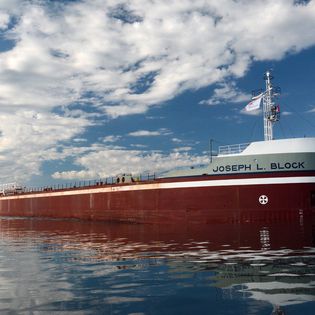 For folks unfamiliar with the Jones Act, it’s a federal law from 1920 that regulates maritime commerce in U.S. waters and ports and prohibits foreign ships from transporting cargo between U.S. ports. It’s important for Great Lakes freighters because it requires cargo ships to sail under our flag. Indiana Harbor Steamship Company technically owns the Block and was formed to meet the Jones Act requirement. Central Marine Logistics (CML) in Indiana provides fleet management for Arcelor-Mittal, a foreign company. Inland Steel originally owned the steel mill, the Block, the Sykes, and the Edward L. Ryerson.
For folks unfamiliar with the Jones Act, it’s a federal law from 1920 that regulates maritime commerce in U.S. waters and ports and prohibits foreign ships from transporting cargo between U.S. ports. It’s important for Great Lakes freighters because it requires cargo ships to sail under our flag. Indiana Harbor Steamship Company technically owns the Block and was formed to meet the Jones Act requirement. Central Marine Logistics (CML) in Indiana provides fleet management for Arcelor-Mittal, a foreign company. Inland Steel originally owned the steel mill, the Block, the Sykes, and the Edward L. Ryerson.
After seeing the pilot house, we went to the galley. Eventually I went back to the guest quarters for the night. The room was as quiet as my bedroom at home and the ship made no movement. I could have been sleeping at a five star hotel instead of on a cargo freighter. I didn’t hear the limestone being loaded because it was crushed and not in one or two inch chunks. When I awoke in the morning and looked out a window I saw open water and thought we were on our way. When I looked out another window and saw we were still loading, I realized we hadn’t left the dock. I went to the galley for coffee and to meet Kevin Buchanan, the steward from Jamaica, and his assistant, Betty Benish from Indiana. Kevin is a chef who had worked at some Michelin Star restaurants, cooked for Wolfgang Puck and President George W. Bush, and that evening prepared a delicious salmon dinner. Betty bakes cookies, pies, cakes, and the best bread you’ll ever taste. Kevin had been on the Block for only four months, but Betty had been cooking for sailors for 14 years. My next stop was the engine room where chief engineer Joyce Estelle from Traverse City gave me a tour. She had explained the ship was like a “floating city” because it was self contained. “We have our own water, sewer, electrical, and fire departments,” she said. “We also have a first responder onboard and first aid for emergencies. If someone is seriously ill and we’re not in port, we call the Coast Guard and they transport the sailor to a hospital.”
For readers unfamiliar with this freighter, the Joseph L. Block is a 728’ self discharging bulk carrier built in 1976 by the Bay Shipbuilding Company of Sturgeon Bay, WI. She has a cargo capacity of 37,200 tons and is powered by two diesel engines each having 20 cylinders for a combined total of 7,000 HP. Diesel capacity is 100,000 gallons. The self unloading boom measures 250’ and the 24 hatches open into seven cargo holds below deck. She has both bow and stern thrusters. The Block was commissioned for Inland Steel and was named for a former CEO and Chairman of the Board. A photo of Mr. Block hangs in the guest quarters.
Safety is a high priority on the ship. A fire control and safety plan is posted on the decks as well as a muster list that outlines the duties and responsibilities of crew members in case of an emergency. The ship winters in Sturgeon Bay. At the beginning of each new season in March, mandatory drills are conducted and continue monthly to practice for emergency situations. As Estelle put it, “The more we practice, the more we will be in ‘automatic mode’ if an actual emergency does occur. Drills involve, but are not limited to fighting a fire, collisions, what to do if a sailor is injured or seriously ill, proper procedure in the event of a terrorist threat, rescuing someone in the water, and abandoning ship.” From the shore, freighters look like they’re gliding across the lakes as easily as skaters glide across a smooth ice rink, but sailors know anything can happen. Weather can turn, machinery can malfunction, and problems can arise from human error. The crew has to be prepared for any emergency.
In August of 2015, Captain Sheldon responded to a boater in distress on Lake Michigan and diverted the Block from its course. A small vessel was sinking. Crew members rescued the lone boater and kept him aboard while awaiting the arrival of the Coast Guard to transport him to shore. For their rescue, the captain and crew received the Captain David P. Dobbins Award that “recognizes outstanding action accomplished while conducting a search and rescue mission on the Great Lakes.” From the engine room to the pilot house, Capt. Ray and his crew are dedicated to keeping the ship, each other, and distressed boaters safe.
The lure of the water was the main reason given to me when I asked the sailors why they chose to sail. From the crew of 22, I spoke with only a few, but each answer was the same. However, the life of a sailor is not for everyone. Sailors work seven days a week either on watch which means four hours on and eight off, or shifts which is what deckhands work and that can last 15 hours when cargo is being loaded in all kinds of weather and anytime during the day or night. The crew hails from various parts of the country and it’s not uncommon for a “newbie” to undergo a period of initiation. Sailors can leave the ship when it’s in port if their shift or watch is over. When I saw bicycles hanging below deck, I was told some fellows ride them to town when in port.
The captain had suggested I sail with them to Indiana Harbor but I decided to nix a long stay and opted to disembark at Port Inland. Although my time on the Block was short, there were many memorable highlights. Looking through the windows that surround the bridge gave me the same view the captain and his mates see every day and what a view it was. From watching limestone being conveyed from the mill to the cargo hatches, to the Major Shoal off Mackinac Island, to the Round Island Light, to sailing underneath the Mackinac Bridge, to noticing the changing color of the water as Lake Huron meets Lake Michigan, to the calm seas, to the bright lights of the ports, everything was an adventure.



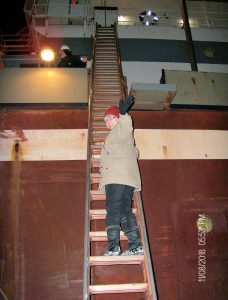
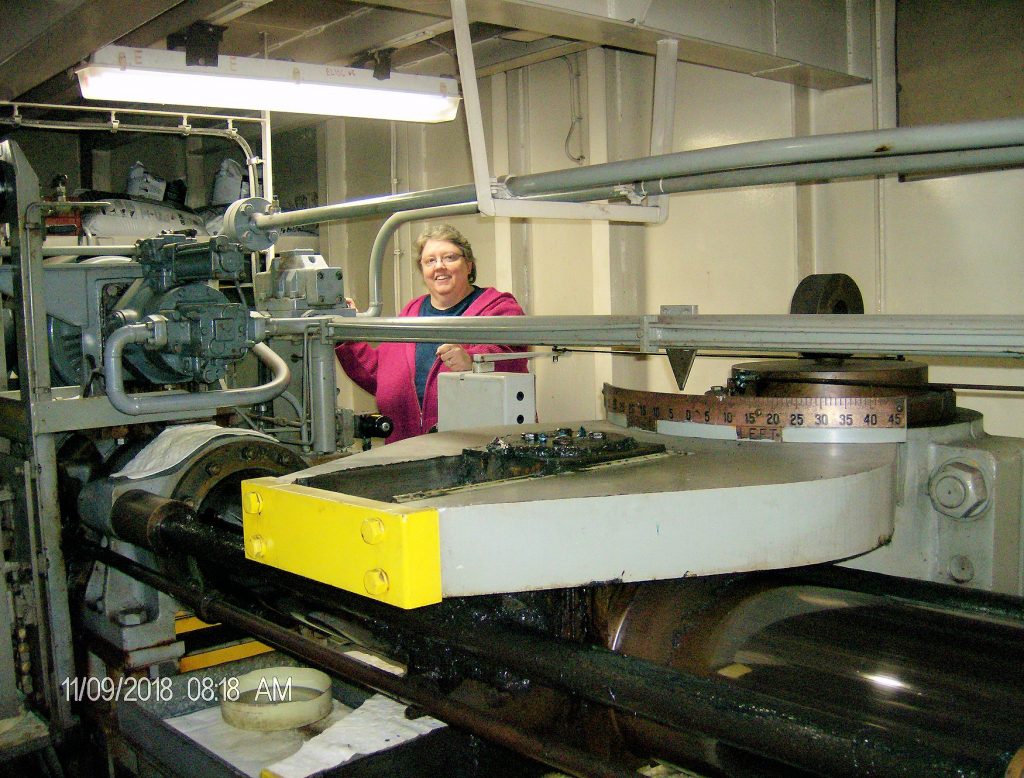
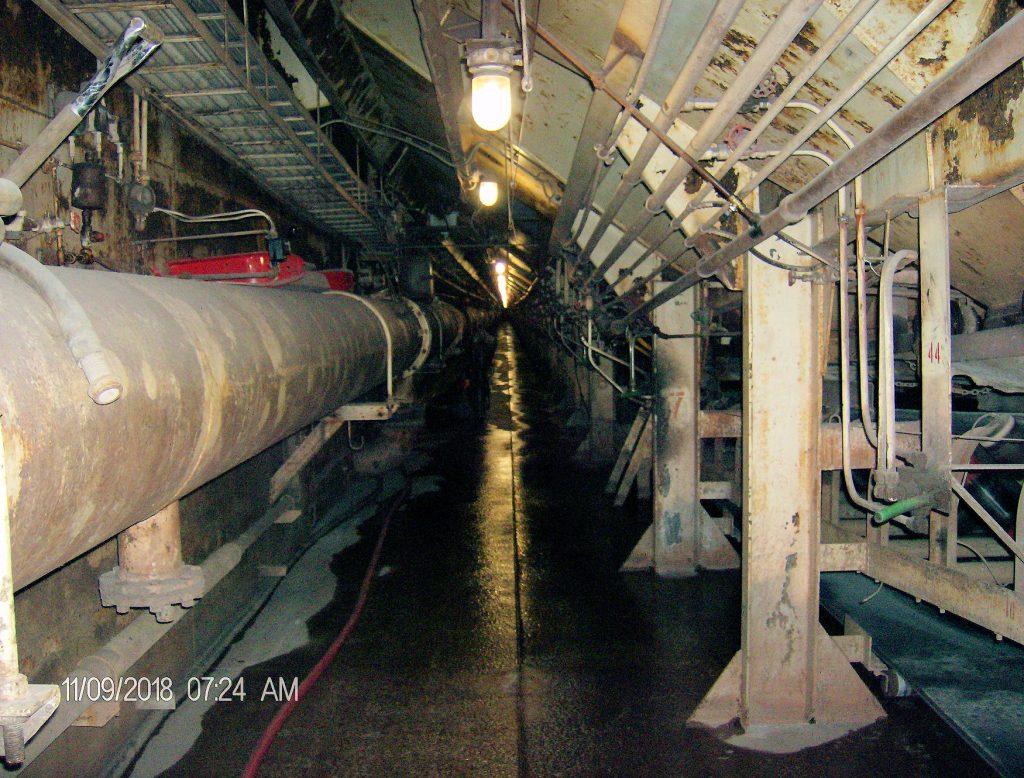
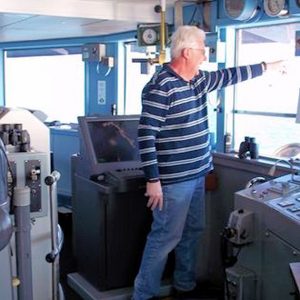






I could not find a link to your I’m going to go buy me an assault rifle article so I figured I’d be one wherever I could find a spot. First of all assault rifles are not weapons of mass destruction second of all an AR-15 is not an assault rifle AR does not stand for assault rifle an assault rifle is an automatic weapon not a semi-automatic weapon get your facts straight. Why should I be able to own an AR-15 because I want one. I’m not crazy I’m not going to go shoot anybody with it I just like to go shoot it there’s no problem with that get your facts straight before you write an article